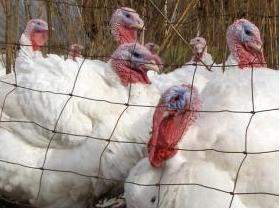Avian bacterium pathogenic in poultry

Until recently, Bordetella hinzii was believed to be nonpathogenic in poultry. But Agricultural Research Service (ARS) scientists have shown that the bacterium caused severe disease in turkeys that was attributed to another Bordetella species.
B. avium is a pathogenic bacterium that causes upper respiratory disease in poultry and wild birds. It is very similar to B. hinzii, and the two species are difficult to distinguish without using highly specific, DNA-based tests.
Scientists at the ARS National Animal Disease Center (NADC) in Ames, Iowa, used these tests to examine several Bordetella isolates, including some that had caused 100% morbidity in turkey poults. Although the isolates had been labelled as B. avium, the scientists found that they were actually B. hinzii, flouting conventional wisdom that the bacterium could not cause disease in poultry.
B. hinzii has been found in poultry with respiratory disease, but was believed to be nonpathogenic because previous attempts to cause disease in chickens and turkeys with the bacterium have failed.
To test the bacterium’s pathogenicity, NADC microbiologist Karen Register and veterinary medical officer Robert Kunkle selected 6 genetically distinct strains of B. hinzii and attempted to infect turkeys with them. Four of the strains were able to grow and persist in the trachea and also caused clinical disease. The strains varied in severity, although none demonstrated 100% morbidity.
This study showed for the first time that some strains of B. hinzii can cause disease in turkeys.
The results of the study were published in the March 2009 issue of Avian Diseases.
Source: ARS












